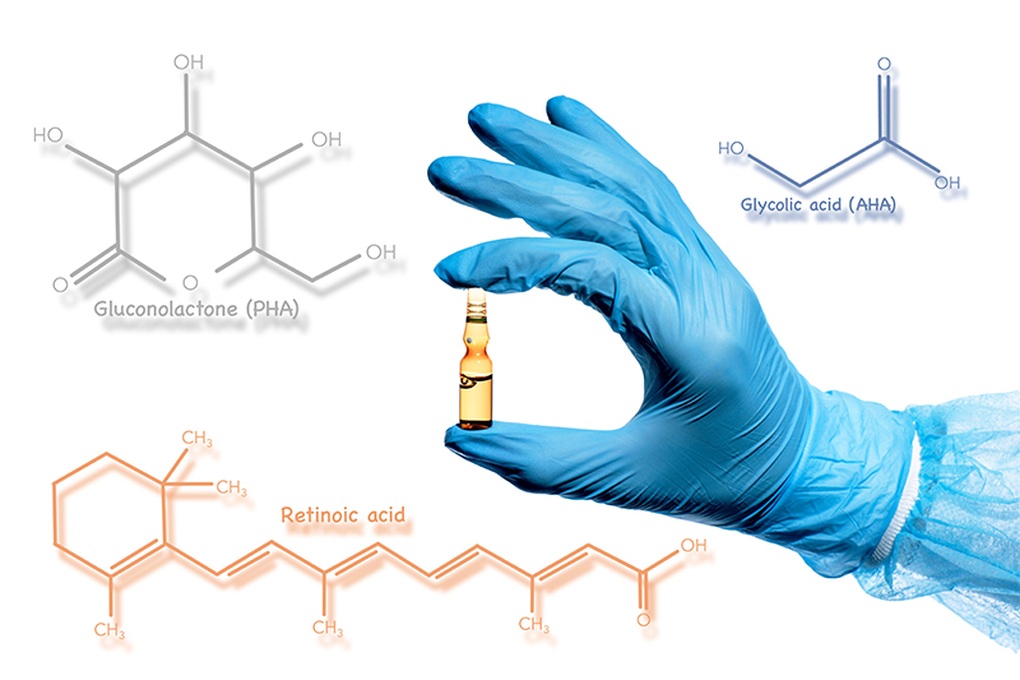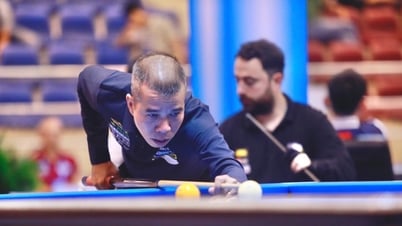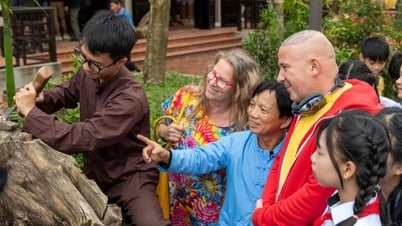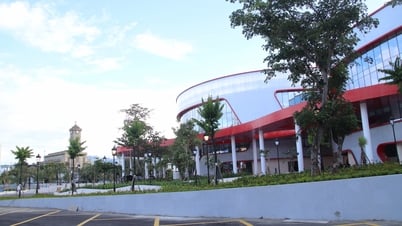
Axolotl lizard (Photo: Getty).
A new study published in Nature Communications reveals the molecular secrets behind the axolotl's miraculous ability to regenerate limbs.
Most surprisingly, the central compound in this process is retinoic acid – a familiar derivative of vitamin A, commonly found in acne medications.
Axolotls – strange creatures that live in freshwater lakes in Mexico – have long been an attractive research subject in regenerative biology.
Unlike humans, when they lose a limb, axolotls can regrow the entire limb, from bones, joints, blood vessels to nerves. This is not an uncommon phenomenon in some animal species, but the axolotl's ability to regenerate complex limbs has always amazed scientists .
However, a research team at Northeastern University (USA) led by Professor James Monaghan discovered that this biological "miracle" is actually controlled by a sophisticated molecular signaling system. In which, retinoic acid acts as a spatial positioning system (biological GPS) for regenerating cells.
Retinoic acid – from cosmetics to tissue regeneration
Retinoic acid is an active derivative of vitamin A, commonly used to treat acne and skin aging. But new research suggests that the compound does more than that: it tells cells where they are on the limb’s growth axis, and what tissue to build there—from the shoulder to the elbow to the finger.
The distribution of retinoic acid concentration along the limb axis – high at the base, low towards the tip – forms a “biological coordinate” that helps direct the process of rebuilding the limb structure exactly as before.

Retinoic acid is an active derivative of vitamin A, commonly used in the treatment of acne and anti-aging skin (Photo: Getty).
The enzyme CYP26B1 plays a key role in this process. It helps break down retinoic acid and regulates its concentration gradient. When the team inhibited this enzyme, the salamander’s regenerated limbs grew in the wrong place, with repetitive tissue or extra bone, indicating that the “molecular GPS” had been disabled.
Even when they used CRISPR to knock out the Shox gene—a gene that controls forearm growth in vertebrates—the axolotl grew back the limb, but the mid-arm was deformed while the hand remained intact. This suggests that these genes regulate separate parts of the limb—an important finding for regenerative medicine.
Can humans regenerate?
Notably, some genes shared with axolotls also exist in humans. For example, mutations in the Shox gene can cause limb developmental disorders such as quadriplegia or joint deformities. This suggests that there are similarities in the limb developmental program between the two species.
However, according to Professor James Monaghan (Northeastern University, USA), the difference lies not in the genes but in the way cells respond to biological signals.
In axolotls, limb injury can reactivate an embryonic developmental program that generates new tissue to replace the lost part. In humans, however, the same signal is “misinterpreted” as an injury that needs to be repaired, leading to the formation of scar tissue.
It is this biological response that prevents humans from regrowing limbs like salamanders. However, Professor Monaghan believes that if we can recreate the right signaling environment, making stem cells “listen” to regeneration signals instead of reacting incorrectly, then full limb regeneration is possible.
The research opens up a new approach: not to interfere deeply with genes, but to regulate signaling molecules such as retinoic acid to control cell behavior. In other words, instead of reprogramming the genome, scientists are looking for ways to speak the “biological language” that cells understand.
Regenerative Biology Revolution
Although humans are still a long way from being able to regrow limbs like salamanders, the research is an important milestone, proving that regeneration is no longer a mystery, but can be completely explained by molecular biology.
Around the world , many other research groups are also pursuing this goal. A group at Tufts University (USA) has successfully stimulated adult frogs to regrow legs using bioelectric therapy.
A team in Austria is developing a molecular map that helps cells remember the original shape of a lost limb - a key factor in restoring precise structure.
Some evolutionary theories suggest that humans once had a higher capacity for regeneration, but gradually lost it through selection in favor of a faster rate of healing using scar tissue, suited to harsh survival conditions.
While the dream of regrowing limbs is still a long way off, the research is a milestone that shows that the ability to regenerate is no longer a mystery, but can be decoded with modern biological tools. This could be the foundation for a new revolution in regenerative medicine in the future.
Source: https://dantri.com.vn/khoa-hoc/thuoc-tri-mun-he-lo-bi-mat-giup-con-nguoi-moc-lai-tay-chan-nhu-ky-nhong-20250614072352981.htm

































































































Comment (0)